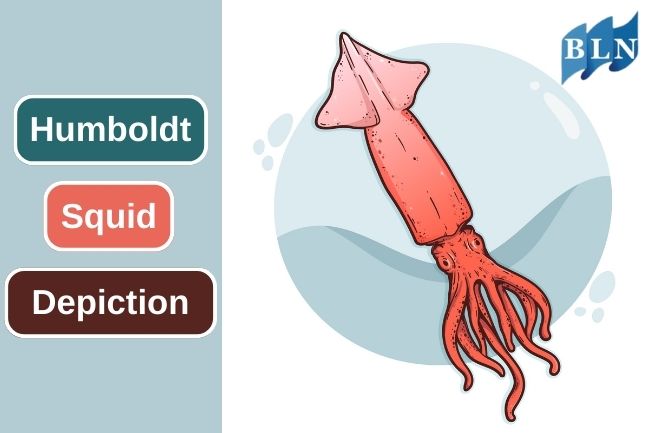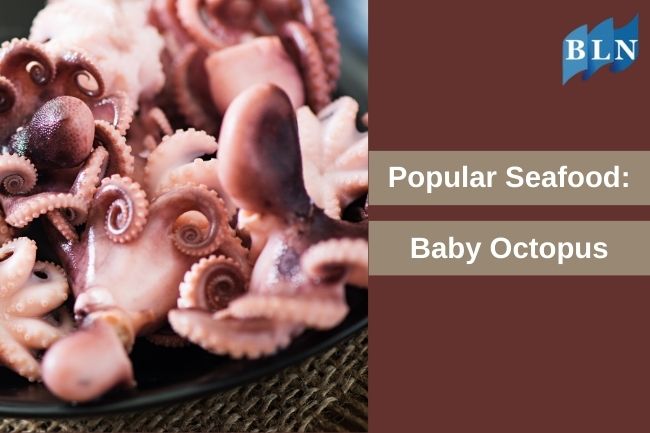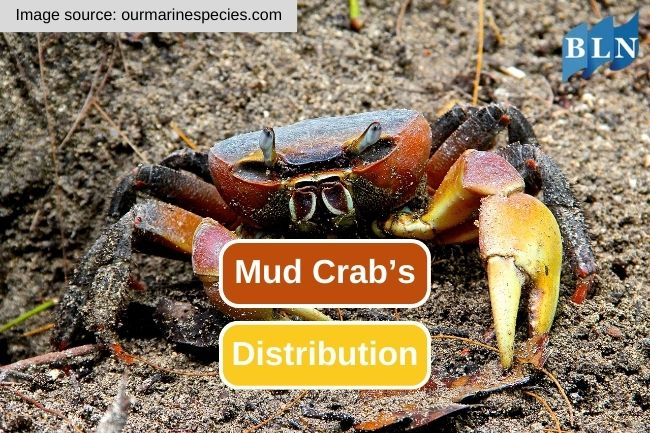Exploring the Unique Traits of the Humboldt Squid
By. Nevanda - 18 Aug 2023
lautnusantara.com - The Humboldt squid, scientifically known as Dosidicus gigas, is a large and highly mobile marine cephalopod species found in the eastern Pacific Ocean. It is named after the Humboldt Current, which flows along the western coast of South America and contributes to the squid's distribution in the region. The species is also commonly referred to as the jumbo squid, jumbo flying squid, or red devil squid due to its size, behavior, and reddish coloration.
Here are some key characteristics and features of the Humboldt squid
1. Size
Humboldt squid are known for their impressive size. They can grow up to 1.5 meters (5 feet) in length and can weigh over 50 kilograms (110 pounds), making them one of the largest squid species.
2. Appearance
They have a distinctive reddish-brown or pinkish coloration on their mantle (main body) and arms. This color can vary depending on factors such as their age, mood, and surroundings. Their skin is covered in chromatophores, specialized pigment cells that allow them to change color rapidly, which helps them communicate and camouflage.
3. Arms and Tentacles
Humboldt squid have ten appendages, eight of which are arms lined with rows of powerful suckers equipped with sharp, ring-shaped teeth. These teeth are used for capturing prey and for self-defense.
4. Behavior
These squids are known for their aggressive and highly predatory behavior. They are opportunistic feeders and have been observed hunting in coordinated groups, making them efficient predators. They are known to hunt and consume a wide variety of prey, including smaller squid, fish, crustaceans, and even other cephalopods.
5. Movement
Humboldt squid are powerful swimmers capable of rapid changes in direction and speed. They are known to migrate vertically in the water column, often dwelling at different depths during different times of the day. This behavior is thought to be related to their feeding patterns and predator avoidance.
Read also: How to Make Tuna Carpaccio at Home
6. Habitat
They are primarily found in the eastern Pacific Ocean, ranging from the coasts of California down to the waters off Chile. They prefer temperate and subtropical waters, and their distribution can be influenced by oceanographic conditions, particularly the availability of nutrients and suitable temperatures.
7. Importance
Humboldt squid are commercially valuable and are harvested for human consumption, especially in countries like Mexico and Peru. They are used in various culinary dishes and are popular in seafood markets.
8. Research Interest
Due to their large size, aggressive behavior, and distribution, Humboldt squid have also attracted scientific interest. They are studied to better understand their ecology, behavior, and potential impacts on marine ecosystems.
Overall, the Humboldt squid's impressive size, striking appearance, and complex behaviors make it a fascinating subject of study in marine biology.
Read also: How Fish Floss Making Process Works








